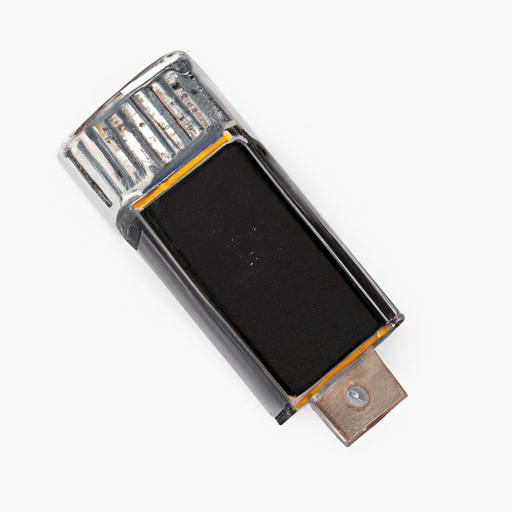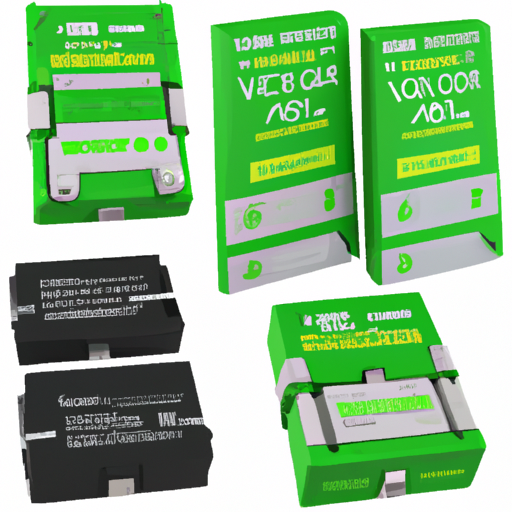Current Situation of the Battery Holder Pin Industry
I. Introduction
Battery holder pins are essential components in the electronic devices we use daily. These small yet crucial parts serve as connectors for batteries, ensuring a reliable power supply to various devices. From smartphones to electric vehicles, battery holder pins play a vital role in the functionality and performance of electronic systems. As the demand for portable and efficient power solutions continues to rise, the battery holder pin industry has experienced significant growth and transformation. This blog post explores the current situation of the battery holder pin industry, examining market trends, technological advancements, applications, challenges, and future outlook.
II. Market Overview
A. Global Market Size and Growth Trends
The battery holder pin industry has witnessed remarkable growth over the past decade. According to market research, the global market size was valued at approximately $1.2 billion in 2022, with a compound annual growth rate (CAGR) of around 6% projected through 2030. Historical data indicates a steady increase in demand, driven by the proliferation of consumer electronics and the automotive sector's shift towards electric vehicles.
B. Key Players in the Industry
The battery holder pin market is characterized by a mix of established manufacturers and emerging companies. Major players include TE Connectivity, Molex, and Amphenol, which dominate the market with their extensive product lines and global reach. Emerging companies, particularly in Asia-Pacific, are also gaining traction, leveraging innovative designs and cost-effective manufacturing processes to capture market share.
C. Geographic Distribution of the Market
The battery holder pin market is geographically diverse, with significant contributions from North America, Europe, and the Asia-Pacific region. North America remains a key market due to the high demand for consumer electronics and automotive applications. Europe follows closely, driven by stringent regulations promoting electric vehicles. The Asia-Pacific region is expected to witness the fastest growth, fueled by rapid industrialization and increasing electronic device production.
III. Technological Advancements
A. Innovations in Battery Holder Pin Design
Recent innovations in battery holder pin design have focused on enhancing performance and reliability. Manufacturers are exploring new materials, such as high-conductivity alloys and environmentally friendly plastics, to improve durability and reduce weight. Additionally, advancements in manufacturing processes, including precision stamping and injection molding, have enabled the production of more complex and efficient designs.
B. Impact of Technology on Performance and Reliability
Technological advancements have significantly improved the performance and reliability of battery holder pins. Enhanced designs ensure better contact with battery terminals, reducing the risk of power loss and increasing the lifespan of electronic devices. Furthermore, the integration of smart technologies, such as sensors and connectivity features, allows for real-time monitoring of battery health and performance.
C. Integration with Smart Technologies
The rise of the Internet of Things (IoT) has prompted the integration of battery holder pins with smart technologies. This integration enables devices to communicate their power status, optimize energy consumption, and enhance user experience. As smart devices become more prevalent, the demand for advanced battery holder pins that support these features is expected to grow.
IV. Applications of Battery Holder Pins
A. Consumer Electronics
Battery holder pins are widely used in consumer electronics, including smartphones, laptops, and wearable devices. The increasing demand for portable and efficient power solutions in these devices drives the need for high-quality battery holder pins. As manufacturers strive to create thinner and lighter devices, the miniaturization of battery holder pins has become a key focus.
B. Industrial Applications
In industrial settings, battery holder pins are essential for robotics and automation systems. These applications require reliable power connections to ensure uninterrupted operation. As industries increasingly adopt automation technologies, the demand for robust battery holder pins is expected to rise.
C. Automotive Industry
The automotive industry is undergoing a significant transformation with the rise of electric and hybrid vehicles. Battery holder pins play a crucial role in these vehicles, providing secure connections for high-capacity batteries. As the market for electric vehicles expands, the demand for specialized battery holder pins designed to handle higher voltages and currents will increase.
V. Challenges Facing the Industry
A. Supply Chain Disruptions
The battery holder pin industry faces several challenges, particularly related to supply chain disruptions. Raw material shortages, exacerbated by geopolitical factors and the COVID-19 pandemic, have impacted production capabilities. Manufacturers are increasingly seeking alternative suppliers and materials to mitigate these risks.
B. Environmental Concerns
Environmental sustainability is a growing concern in the battery holder pin industry. The use of certain materials raises questions about their long-term impact on the environment. Manufacturers are under pressure to adopt sustainable practices, including recycling and responsible disposal of battery holder pins.
C. Competition from Alternative Technologies
The emergence of alternative technologies, such as wireless power transfer and solid-state batteries, poses a challenge to the traditional battery holder pin market. As these technologies gain traction, manufacturers must innovate and adapt to remain competitive.
VI. Regulatory Landscape
A. Overview of Regulations Affecting the Industry
The battery holder pin industry is subject to various regulations aimed at ensuring safety and environmental protection. These regulations vary by region and can impact manufacturing processes and materials used in production.
B. Compliance Challenges for Manufacturers
Manufacturers face compliance challenges as they navigate the complex regulatory landscape. Ensuring adherence to safety standards and environmental regulations can be resource-intensive, particularly for smaller companies.
C. Impact of Regulations on Innovation and Market Entry
While regulations can pose challenges, they also drive innovation in the industry. Companies that invest in research and development to meet regulatory requirements often gain a competitive edge. Additionally, compliance with regulations can enhance market entry opportunities in regions with stringent safety standards.
VII. Future Outlook
A. Predictions for Market Growth
The battery holder pin industry is poised for continued growth, with projections indicating a market size of approximately $2 billion by 2030. Factors driving this growth include the increasing demand for consumer electronics, the expansion of the electric vehicle market, and advancements in battery technology.
B. Emerging Trends to Watch
Several emerging trends are expected to shape the future of the battery holder pin industry. Miniaturization of components will continue to be a key focus, driven by the demand for slimmer devices. Additionally, the increasing emphasis on renewable energy solutions will create new opportunities for battery holder pin manufacturers.
C. Strategic Recommendations for Industry Stakeholders
To thrive in the evolving landscape, industry stakeholders should focus on innovation, sustainability, and strategic partnerships. Investing in research and development to create advanced battery holder pins that meet the demands of emerging technologies will be crucial. Additionally, adopting sustainable practices and materials will enhance brand reputation and appeal to environmentally conscious consumers.
VIII. Conclusion
In summary, the battery holder pin industry is experiencing significant growth and transformation, driven by technological advancements and increasing demand across various applications. While challenges such as supply chain disruptions and environmental concerns persist, the future outlook remains positive. As the industry adapts to changing market dynamics, the importance of innovation and sustainability will be paramount. Stakeholders who embrace these principles will be well-positioned to succeed in the evolving battery holder pin market. The adaptability of the industry will ultimately determine its ability to meet the demands of a rapidly changing technological landscape.













